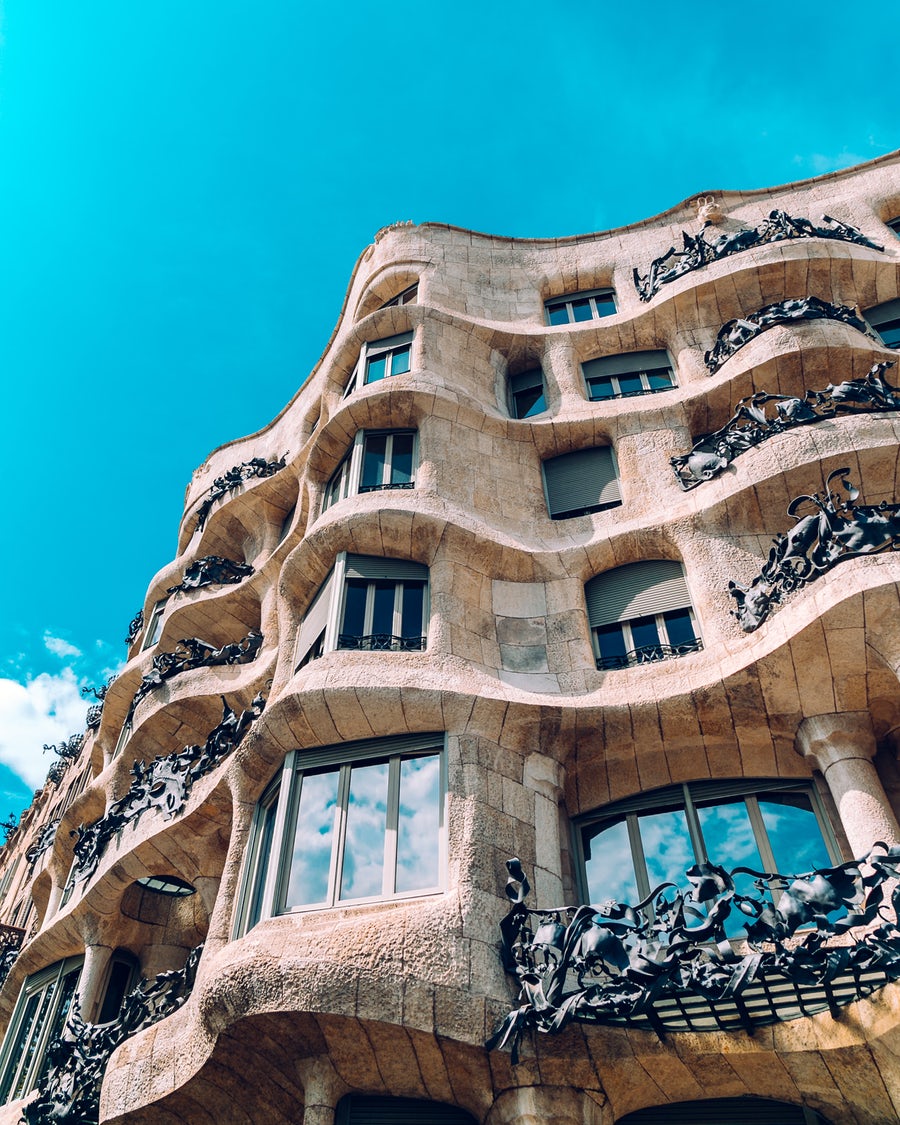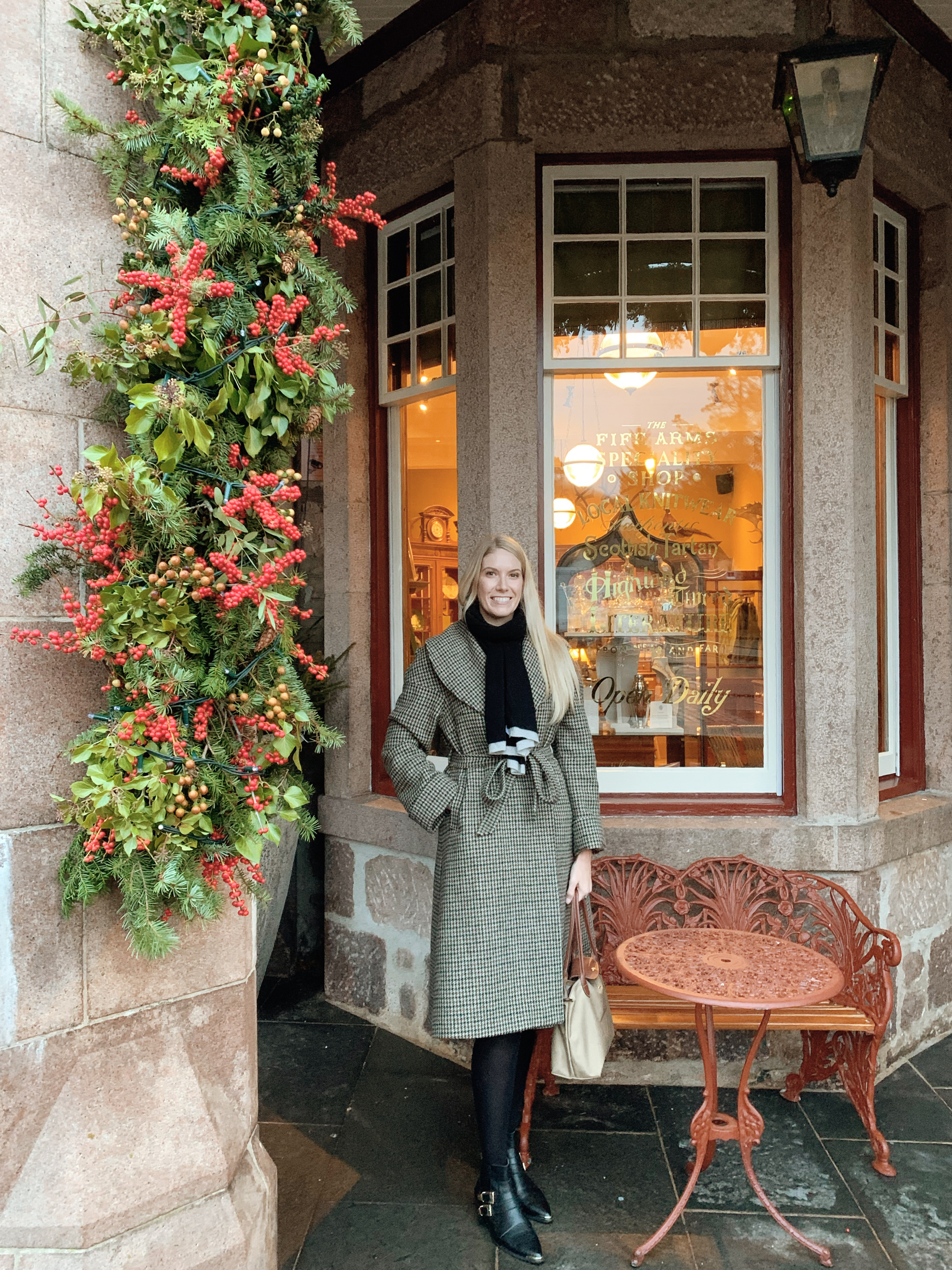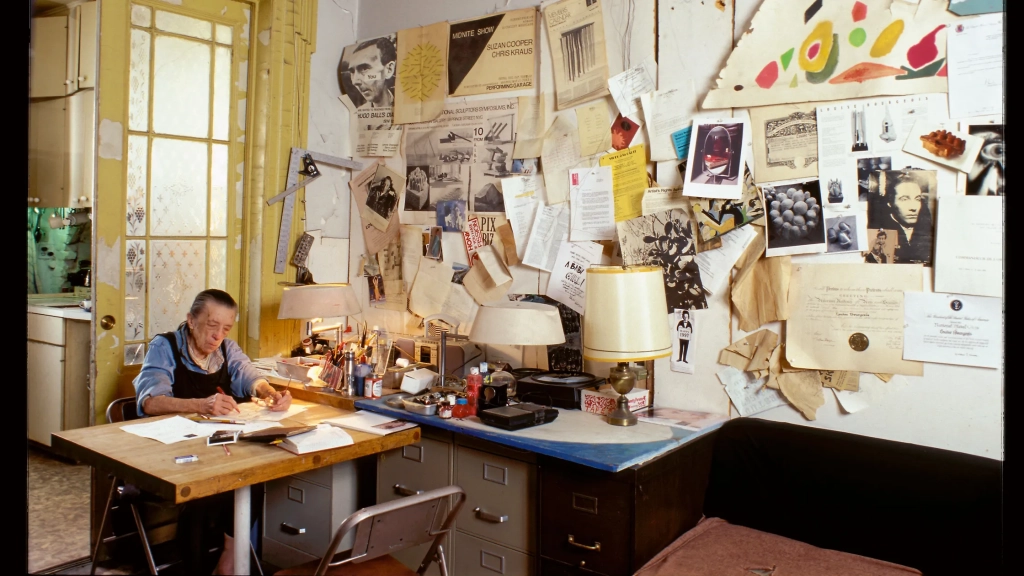The last design movement of the 19th century, Art Nouveau pushed boundaries within art, architecture and interiors, concentrating on nature and the organic origins of form. Originally emerging in Belgium known as “New Art”, this period was in many ways a continuation of the Arts and Crafts movement that preceded it, yet was a dismissal of the traditional elements of design. Art Nouveau reacted against historicism, preferring to explore a new imagistic language by applying art to everyday life and objects.

Named after ‘La Maison de l’Art Nouveau’, an art gallery in Paris owned by avant-garde art collector Siegfried Bing, Art Nouveau showcased a new style that was heavily influenced by European artists of the time (Louis Comfort Tiffany who supplied the stained glass to Bing’s gallery, Gustav Klimt, Georges de Feure, Henri de Toulouse-Lautrec). There were two distinct styles within Art Nouveau, Curvilinear (seen in France, Belgium, Italy and Spain) and Rectilinear (seen in artists within Germany, Austria and Britain). A form of modern art, it sought to diminish the dominance of conventional forms in design throughout the 19th century, and instead bring abstract individuality and energetic growth that was accessible to everyone.

CURVILINEAR STYLE
The free-flowing and interlacing line was an innovative practise of artistic expression during this movement, and in particular curvilinear style focused on the sinuous and asymmetrical. Stylised plant forms and females’ silhouettes were less controlled, far more harmonious and bulbous and produced a recurrent design that was organic and eclectic. Antoni Gaudi went beyond the notion of an organised structure with his architectural design Casa Batlloin Barcelona (1906). This building was transformed into an intense, spherical and vivid construction that displayed the naturalistic elements of Art Nouveau in an extravagant and psychedelic manner.
Fun Fact – Antoni Gaudi’s ‘Sagrada Familia’ Art Nouveau architectural structure in Barcelona, that began construction in 1892, is still being built and as of today, work on the church is predicted to be completed in 2026 (the centenary of Antoni Gaudi’s death).

Interiors included neutrally painted walls, stencilled with wild themed motifs such as florals (roses, waterlily’s, violets, seaweed), animals (butterflies, dragonflies, peacocks) and the female form, demonstrating free flowing and elegant design. Streamlined fitted furniture that was made with natural materials (cherry wood, walnut, sandalwood, mahogany and light oak) organised within the frame of an interior space. No structure or surface was straight, with details such as twisting ironwork reminiscent of tree branches and wavy ocean curls covering walls, ceilings and furniture.

RECTILINEAR STYLE
Far more structured and straighter than curvilinear style, rectilinear is characterised by a more controlled form with geometric and vertical lines. This form of Art Nouveau originated from Glaswegian artists and was present in British architecture, art and interiors, with designers such as Charles Rennie Mackintosh, who specialised in the geometric line. Influenced by Belgian artists Henry Van de Helde and Victor Horta, Mackintosh produced sinuous and delicate structures that were abstract and modernist.

Due to the trade connections between Glasgow and Asia, Japanese influences were inspired within his work, and these graceful and rhythmic inspirations became especially popular with western artists. The simplicity of Japanese art, the use of texture, light and shadow as well as the flatness of colour was all evident within Mackintosh’s designs. Rectilinear style was fixated on the practicality and quality of interiors, with a space feeling intimate and lighter in tone yet co-ordinated. The artistic quality of furniture concentrated on craft and ornamental form, a fusion between design and art.













Leave a comment